Explaining neutron scattering to children in their mother tongue
The SINE2020 Information Manager explained neutron scattering to 10 year olds in Portuguese through the Native Scientist initiative.
Inês Crespo, 02/03/2016
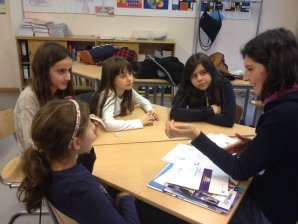
Inês explaining neutron scattering to one of the groups. © Mariana Simões, Native Scientist.
On the 22nd of February, the SINE2020 Information Manager, Inês Crespo, has explained neutron scattering in Portuguese to 10 year olds. The event was organized by Native Scientist, which is a non-profit enterprise founded in London in 2013, aiming to promote science and language learning among school pupils.
The initiative focuses on pupils who speak a different language at home and in school, and raises awareness about multilingualism and STEM-related careers. On doing so, they give the opportunity to international scientists to increase the impact of their work through science communication for a better social integration.
Inês is based at the FRM II neutron source in Garching and the event took place not far from there, in a school in Munich where Portuguese students meet every week with Professor Rui Pissarra. She spent 15 minutes with each group of 4, in a total of 4 groups. By using simple wording, interactive exercises, and showing them how a neutron instrument looks like inside with the Neutrons4science app developed at ILL, she tried to explain to the pupils the importance of neutron scattering.
Other scientific fields addressed in this initiative were protein crystallography by Sofia Macieira (Max-Planck-Institut for Biochemistry), plasma physics by Tiago Ribeiro (Max-Planck-Institut für Plasmaphysik), and plant biology by Inês Barbosa (TUM).
Do you live abroad and would like to explain your science to children in your mother tongue? Get involved at nativescientist.com!
Pictures of the event
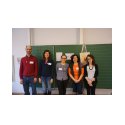
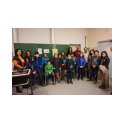
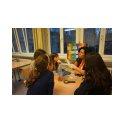
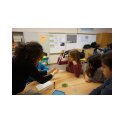
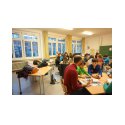
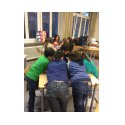
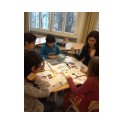
Pictures credit: Mariana Simões, Native Scientist.